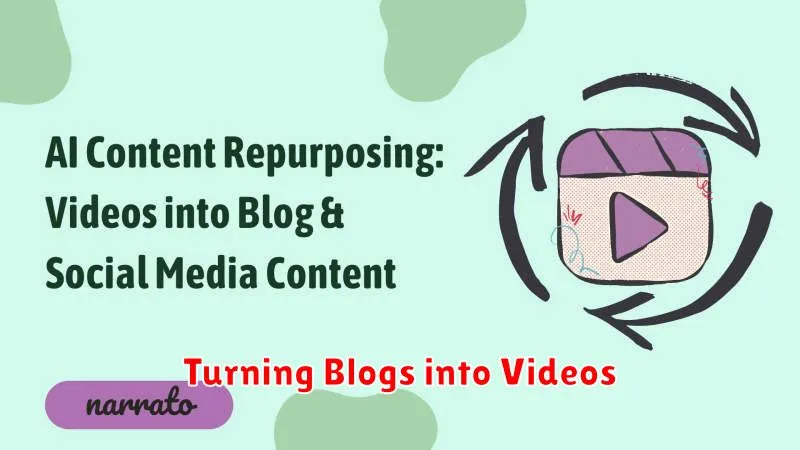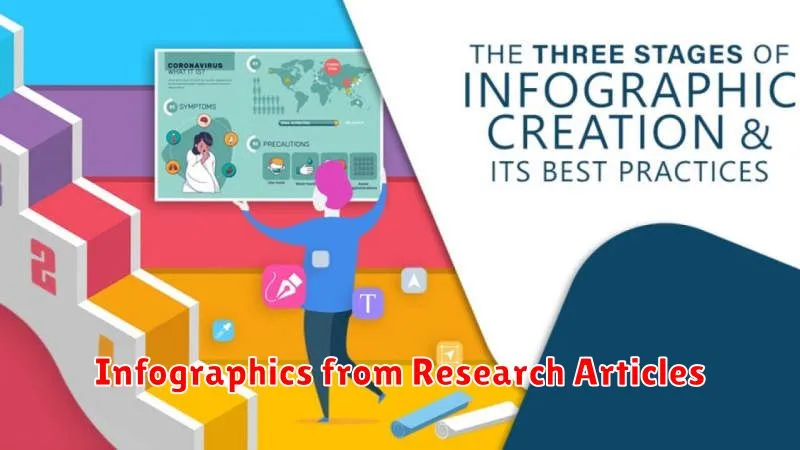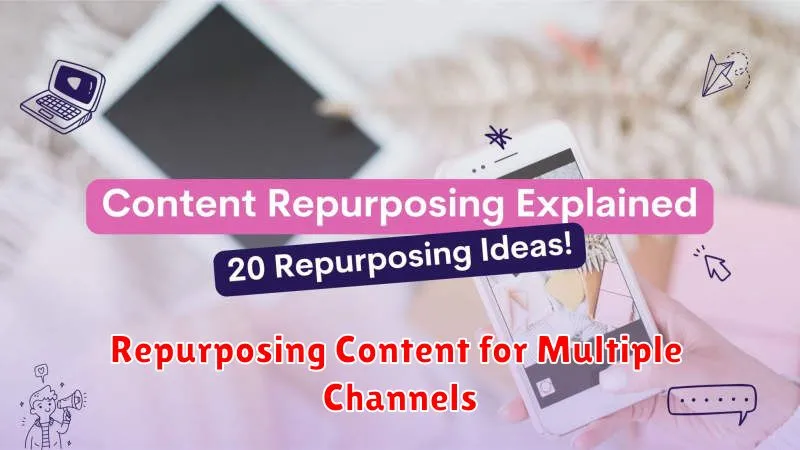In today’s digital landscape, content is king. However, creating high-quality, engaging content requires significant time and resources. Repurposing content offers a strategic solution, enabling you to maximize your investment by adapting and distributing existing content across multiple channels. This process not only expands your reach but also reinforces key messages and strengthens brand consistency. By strategically repurposing content, you can effectively connect with a broader audience and drive greater engagement without starting from scratch. Learn how to strategically repurpose content for multiple channels to amplify your message, enhance visibility, and optimize your content marketing ROI.
This article will provide a comprehensive guide to repurposing content for multiple channels. We’ll explore the numerous benefits, including increased brand awareness, improved SEO performance, and enhanced audience engagement. You’ll discover practical strategies for transforming blog posts, articles, videos, and other content formats into valuable assets for social media, email marketing campaigns, podcasts, and more. Discover the power of repurposing to stretch your content budget and amplify your impact across your entire digital presence. This guide will provide actionable tips and examples to help you successfully repurpose your content across multiple channels, ultimately maximizing your content marketing efforts.
Why Repurpose Content?
Repurposing content offers numerous benefits for content creators and businesses. It allows you to maximize the reach of your existing content by adapting it for different platforms and audiences. This helps increase brand visibility and establish a stronger online presence.
Furthermore, repurposing saves you time and resources. Instead of creating new content from scratch, you can leverage existing assets and reformat them to suit various channels. This efficient approach allows for consistent content delivery without constantly demanding new ideas and effort.
Repurposing can also improve SEO. By presenting the same information in various formats, you increase the chances of your content being discovered through different search queries. This can lead to more organic traffic and higher search rankings.
Finally, repurposing content can strengthen your message and deepen audience engagement. By presenting your core message in diverse formats, you cater to different learning styles and preferences, reinforcing key takeaways and fostering a stronger connection with your audience.
Turning Blogs into Videos

Transforming your written blog posts into engaging video content offers a powerful way to reach a wider audience. Video is a highly consumable medium, capturing attention and conveying information effectively.
Begin by identifying blog posts that lend themselves well to video adaptation. Look for content with strong narratives, clear explanations, or step-by-step instructions. These types of posts naturally translate to a visual format.
Consider the different video formats you could utilize. A talking-head video, where you present the information directly, works well for opinion pieces or personal narratives. Screen recordings are ideal for tutorials or software demonstrations. Animated explainer videos can effectively simplify complex concepts.
Regardless of the format, ensure the video is concise and engaging. Maintain a clear and focused message, keeping the video length appropriate for the content. Use visuals to reinforce key points and enhance understanding.
Creating Social Media Snippets
Social media snippets are bite-sized pieces of content derived from larger pieces, perfect for grabbing attention on platforms like Twitter, Facebook, Instagram, and LinkedIn. They serve as teasers, enticing audiences to engage with the full content piece.
Creating effective snippets involves distilling the core message of your original content into a concise and compelling format. Consider the specific platform when crafting your snippet. Twitter, for example, requires brevity, while LinkedIn allows for slightly longer, more professionally-oriented snippets.
Here are some key elements to include:
- Hook: Start with a captivating phrase or question.
- Key takeaway: Highlight the most important information.
- Call to action: Encourage engagement (e.g., “Learn more,” “Read the full article”).
Remember to maintain a consistent brand voice across all platforms.
Email Series from Long-Form Posts
One effective way to repurpose long-form content, such as blog posts or articles, is to transform them into an email series. This provides consistent value to your subscribers while maximizing the reach of your original content.
Begin by dividing your long-form post into smaller, digestible segments. Each segment can serve as the basis for a single email. Consider focusing each email on a key takeaway or a specific aspect of your topic.
Craft compelling subject lines that entice recipients to open and read each installment. Maintain a consistent tone and branding throughout the series to reinforce your message.
Finally, ensure each email includes a clear call to action. This could be encouraging readers to visit your website to read the full article, download a related resource, or sign up for another offer.
Infographics from Research Articles

Transforming dense research data into visually appealing infographics offers a powerful way to broaden your audience and amplify your research’s impact. Infographics condense complex information into easily digestible visuals, enhancing understanding and engagement.
Begin by identifying the key takeaways from your research. What are the most significant findings that you want your audience to grasp? Focus on these core elements when designing your infographic. Distilling the essence of your research is crucial for effective communication.
Select a visual style that aligns with your target audience and the tone of your research. A clean, minimalist design often works well for scientific data, while a more vibrant approach may suit social science research. Ensure the visuals enhance, rather than distract from, the core message.
Organize your infographic logically using headings, subheadings, and clear visuals like charts, graphs, and icons. This organized structure guides the reader through the data in a coherent and compelling manner. Accuracy is paramount. Double-check all data points and ensure they faithfully represent your research findings.
Maintaining Consistency Across Platforms
Maintaining a consistent brand presence across multiple platforms is crucial for building recognition and trust. This involves ensuring your core message, visual identity, and tone of voice remain uniform, regardless of whether your audience engages with you on social media, your website, or through email marketing.
Key elements to consider for consistency include:
- Brand Voice: Maintain a consistent tone and style of communication. Are you formal, informal, humorous, or serious?
- Visual Identity: Use the same logo, color palette, and fonts across all platforms. This creates a cohesive visual experience for your audience.
- Messaging: While adapting content for different platforms is necessary, ensure the core message remains the same. Don’t contradict yourself or present conflicting information.
By prioritizing consistency, you reinforce your brand identity and create a more seamless and professional experience for your audience.

